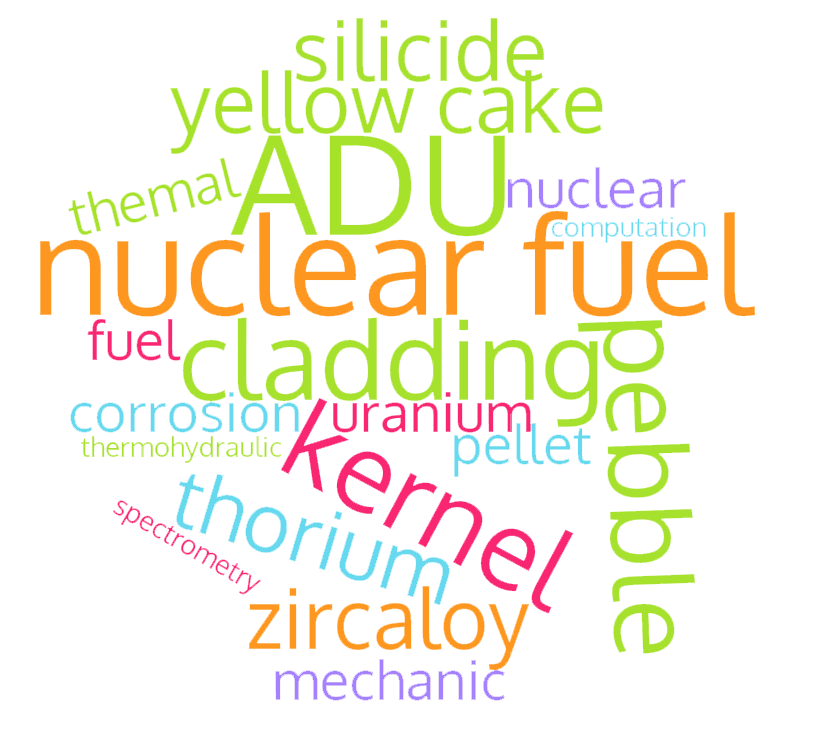Design Of Dry Cask Storage For Serpong Multipurpose Reactor Spent Nuclear Fuel
DOI: http://dx.doi.org/10.17146/urania.2018.24.1.3694
Sari
DESIGN OF DRY CASK STORAGE FOR SERPONG MULTI PURPOSE REACTOR SPENT NUCLEAR FUEL. The spent nuclear fuel (SNF) from Serpong Multipurpose Reactor, after 100 days storing in the reactor pond, is transferred to water pool interim storage for spent fuel (ISFSF). At present there are a remaining of 245 elements of SNF on the ISSF,198 element of which have been re-exported to the USA. The dry-cask storage allows the SNF, which has already been cooled in the ISSF, to lower its radiation exposure and heat decayat a very low level. Design of the dry cask storage for SNF has been done. Dual purpose of unventilated vertical dry cask was selected among other choices of metal cask, horizontal concrete modules, and modular vaults by taking into account of technical and economical advantages. The designed structure of cask consists of SNF rack canister, inner steel liner, concrete shielding of cask, and outer steel liner. To avoid bimetallic corrosion, the construction material for canister and inner steel liner follows the same material construction of fuel cladding, i.e. the alloy of AlMg2. The construction material of outer steel liner is copper to facilitate the heat transfer from the cask to the atmosphere. The total decay heat is transferred from SNF elements bundle to the atmosphere by a serial of heat transfer resistance for canister wall, inner steel liner, concrete shielding, and outer steel liner respectedly. The rack canister optimum capacity of 34 fuel elements was designed by geometric similarity method basedon SNF position arrangement of 7 x 6 triangular pitch array of fuel elements for prohibiting criticality by spontaneous neutron. The SNF elements are stored vertically on the rack canister. The thickness of concrete wall shielding was calculated by trial and error to give air temperature of 30 oC and radiation dose on the wall surface of outer liner of 200 mrem/h. The SNF elements bundles originate from the existing racks of wet storage, i.e. rack canister no 3, 8 and 10. The value of I0 from the rack no 3, 8 and 10 are 434.307; 446.344; and 442.375 mrem/h respectively. The total heat decay from rack canister no 3,8 and 10 are 179.640 ; 335.2; and 298.551 watts. The result of the trial and error calculation indicates that the rack canister no 3, 8 and 10 need the thickness of concrete shielding of 0.1912, 0.1954 and 0.1940 m respectively.
Keywords: heat and radiation decay, spent fuel , storage cask.
Teks Lengkap:
PDFRefbacks
- Saat ini tidak ada refbacks.
Penerbit: Pusat Riset Teknologi Bahan Nuklir dan Limbah Radioaktif
Diindeks oleh:









